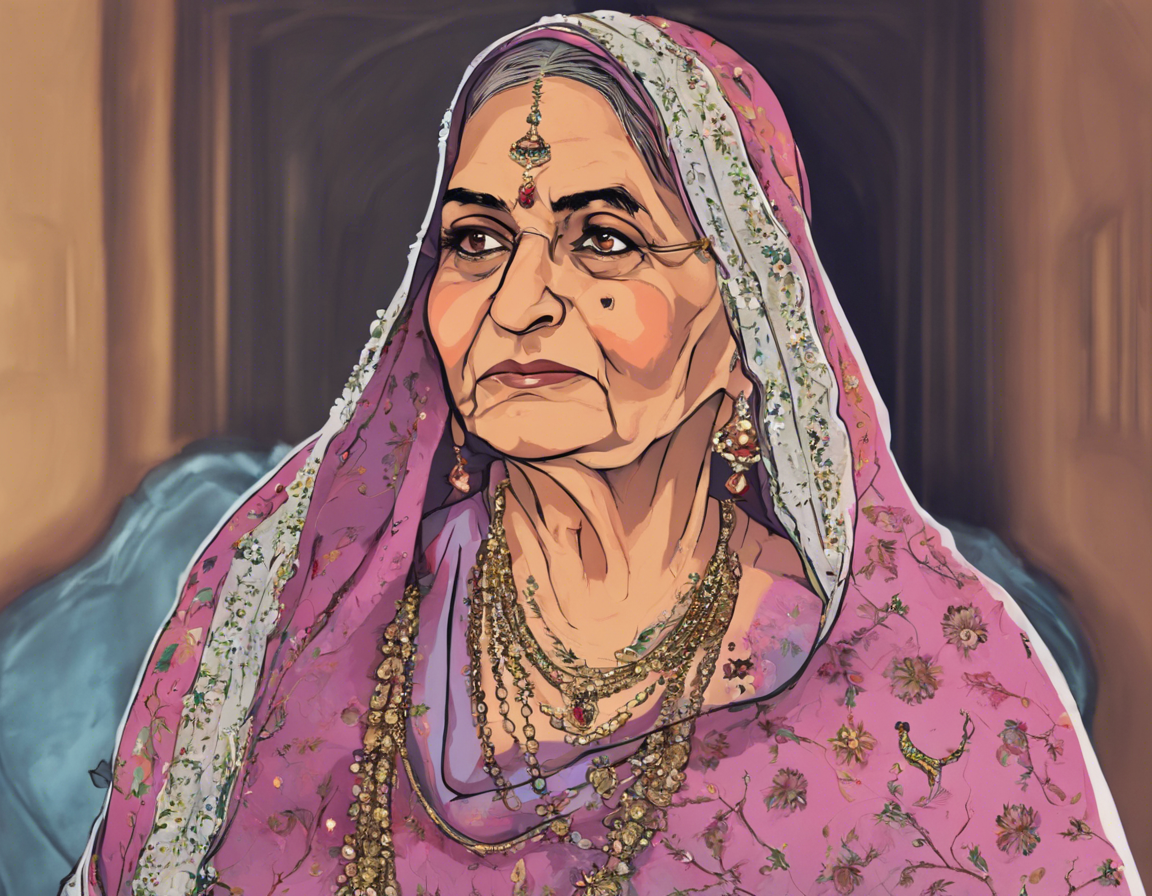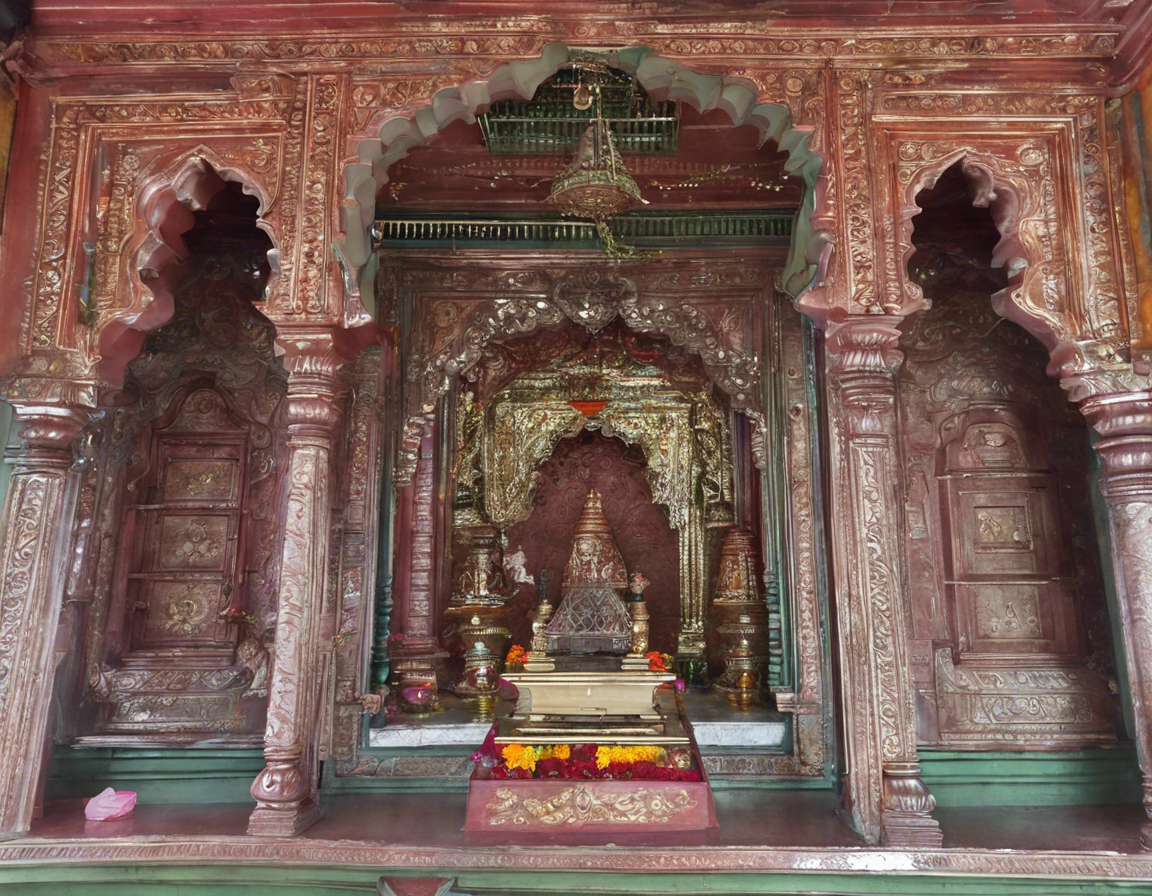Introduction
The Shah Bano case is a landmark legal dispute in Indian history that sparked a nationwide debate on the rights of Muslim women in the context of personal law. The case brought to light the complexities surrounding the issue of gender justice, religious beliefs, and the role of the state in upholding constitutional values. To fully understand the controversy surrounding the Shah Bano case, it is essential to delve into the historical background, legal aspects, societal implications, and the aftermath of the judgment.
Historical Background
In 1985, Shah Bano, a Muslim woman in her 70s, was divorced by her husband, who refused to provide her with maintenance as per Muslim personal law. Shah Bano filed a petition under Section 125 of the Code of Criminal Procedure (CrPC) seeking maintenance from her husband. The case raised fundamental questions about the rights of Muslim women, especially in matters of divorce and maintenance under Islamic law.
Legal Aspects
The crux of the legal debate in the Shah Bano case revolved around the interpretation of Section 125 of the CrPC, which provides for the maintenance of wives, children, and parents who are unable to maintain themselves. The Supreme Court of India, in its landmark judgment, held that Muslim women are entitled to maintenance under Section 125 of the CrPC, irrespective of the personal laws governing their community.
However, the judgment was met with strong opposition from orthodox Muslim groups who argued that it infringed upon their right to religious freedom guaranteed under Article 25 of the Indian Constitution. The controversy escalated when the Rajiv Gandhi government, succumbing to political pressure, passed the Muslim Women (Protection of Rights on Divorce) Act, 1986, which sought to override the Supreme Court’s judgment and restrict the rights of Muslim women to maintenance.
Societal Implications
The Shah Bano case ignited a nationwide debate on the rights of Muslim women within the larger framework of gender justice and religious freedom. It underscored the tensions between personal laws based on religious beliefs and the constitutional principles of equality and non-discrimination. The case highlighted the need for a uniform civil code that would guarantee equal rights to all citizens, regardless of their religious affiliations.
The controversy also brought to the fore the challenges faced by women, particularly from marginalized communities, in accessing justice and asserting their rights in a patriarchal society. The case served as a catalyst for feminist movements in India, which advocated for legal reforms to protect the rights of women across religious communities.
Aftermath of the Judgment
The aftermath of the Shah Bano case had far-reaching implications on India’s legal landscape and social fabric. The passage of the Muslim Women (Protection of Rights on Divorce) Act, 1986, highlighting the complexities of balancing religious rights with gender justice. The Act, while providing maintenance to divorced Muslim women, set a time limit of 90 days for such support, thereby diluting the Supreme Court’s progressive interpretation of the law.
The Shah Bano case also underscored the need for a broader debate on uniform civil code in India, which remains a contentious issue even today. While proponents argue that a uniform civil code would promote gender equality and social cohesion, opponents raise concerns about cultural diversity and the potential erosion of religious freedoms.
FAQs (Frequently Asked Questions)
- What was the Shah Bano case about?
The Shah Bano case revolved around a Muslim woman seeking maintenance from her husband after being divorced. It raised questions about the rights of Muslim women under personal laws and the state’s role in upholding gender justice.
- Why was the Shah Bano case controversial?
The case sparked controversy due to the clash between the Supreme Court’s judgment upholding the right of Muslim women to maintenance and the subsequent enactment of the Muslim Women (Protection of Rights on Divorce) Act, 1986, which curtailed those rights.
- What was the Supreme Court’s judgment in the Shah Bano case?
The Supreme Court ruled that Muslim women are entitled to maintenance under Section 125 of the CrPC, regardless of personal laws. However, the judgment was later diluted by legislative intervention.
- What were the societal implications of the Shah Bano case?
The case brought attention to the challenges faced by women, especially from marginalized communities, in accessing justice and asserting their rights. It also sparked debates on gender equality, religious freedom, and the need for a uniform civil code.
- Did the Shah Bano case lead to any legal reforms in India?
The case led to the enactment of the Muslim Women (Protection of Rights on Divorce) Act, 1986, which addressed the issue of maintenance for divorced Muslim women. However, it also highlighted the broader need for legal reforms to ensure gender justice and equality for all citizens.

